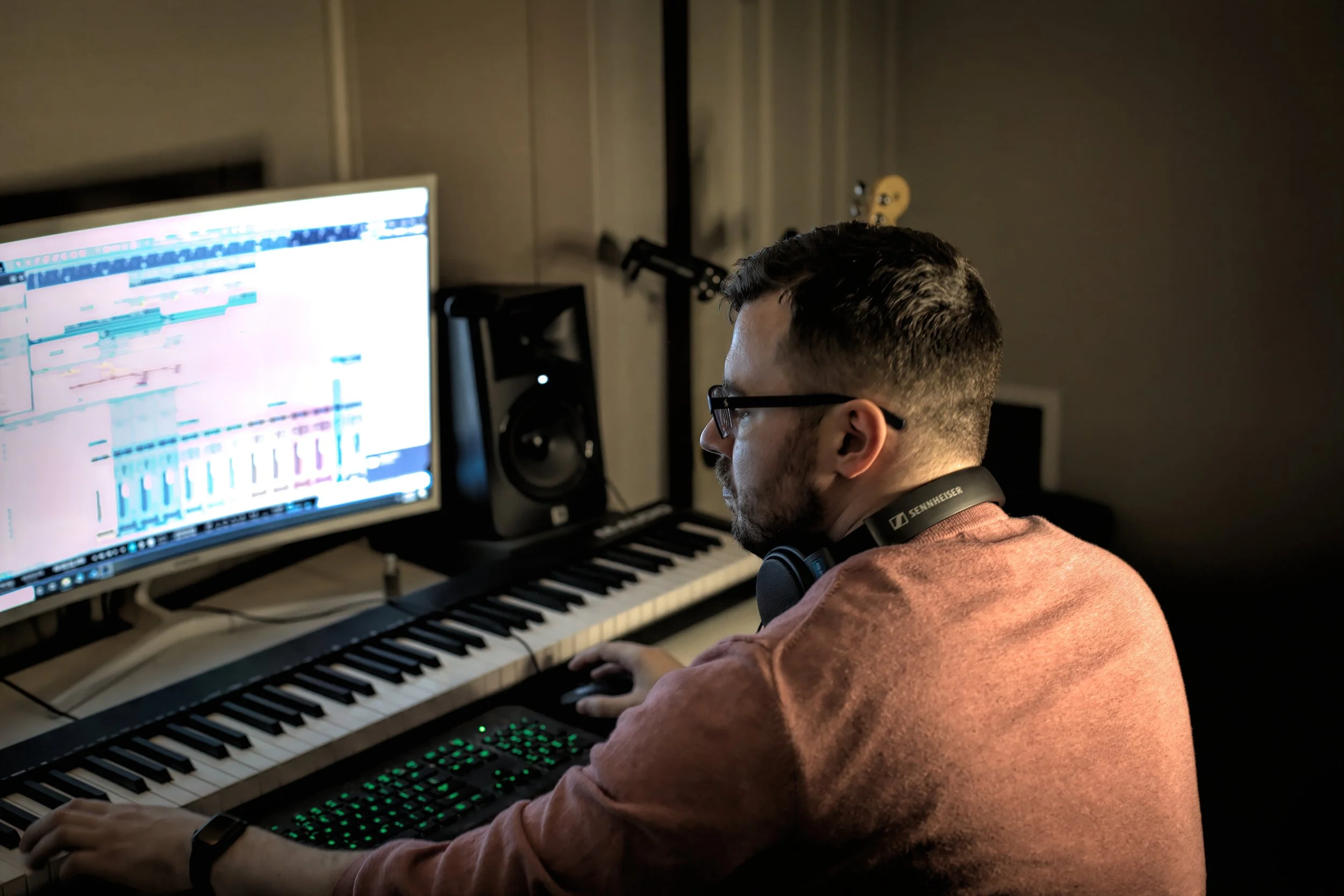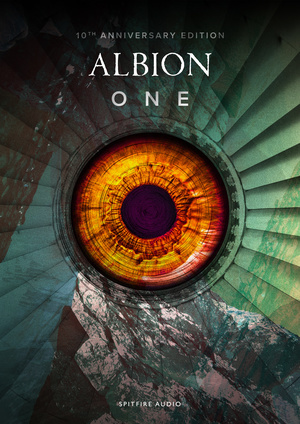Check the video at the bottom for a walkthru of the sounds included!!
Cosmos is a fairly new Atmospheric library from Impact Soundworks. I feel that as a company, Impact Soundworks’ products offer an amazing bang for your buck. I own a number of their libraries, and always love the simplicity and focus, and the prices are some of the best you can get, while still providing a vast amount of fantastic content. Needless to say, I was excited when I heard the demos of Cosmos…beautiful atmospheres and deep rhythmic pulses… what’s not to love?! (Granted, I’m a sucker for these types of sounds in the first place…)
I made my purchase and downloaded the product in a 4 part .rar archive. Delivery of the product and installation was quick and easy.
The interface for Cosmos is fantastic. I love products that are focused and simple to use. Too often, I feel libraries go after the all-inclusive approach, and try to do everything. I dislike this for a couple reasons: One, they provide so much content it can be utterly overwhelming and too often an absolute pain to navigate and find the right sounds. Secondly, the price of these libraries can be utterly ridiculous, easily clearing the $500 dollar mark. (Yes, I’m looking at you, Cinemorphx from SampleLogic…guilty on both accounts)
Simple, easy to use, and a wonderful image of a nebula.
The library comes with two main instruments - Ambiences and Phrases. I loaded up the ambiences first. There is an option to scroll through the sound sources on the left side of the GUI. In the middle is a step sequencer, and underneath are filter controls, then in the bottom left corner are ADSR controls.
The ambiences are quite amazing. They are very evocative and inspiring, often evolving over time, with subtle pitch changes or harmonics coming into play. They seem to be either very warm and beautiful, or a bit more abrasive and tense, but always very spacey. There are two categories of sound sources provided: Tonal and Atonal. Naturally, the atonal sound sources are where things can get more ominous and capable of building some real tension. While they are all very evocative of outer space, they are also quite versatile. I did notice that most of these will sound best for underscoring or building an atmosphere, not so much for very melodic chords. I say this because many of them have some sort of subtle melody, harmonics, slight pitch modulation, etc, already built in as you hold one note. All in all, the ambiences in this library are incredible.
Navigating the phrases is a breeze thanks to the tagged categories and instant sound previews.
The second instrument provided is phrases. These come in Arps, Pulses, and Gates. Navigating through the content here is incredibly simple and intuitive, providing tags for each type of sound, etc, and also featuring an option that previews each sound before you even load it up. This is incredibly helpful and I wish more libraries would organize their files this way. The arps range from cinematic to EDM flavors, and the notes in each arpeggio is pre-determined. There are keyswitches you can load up multiple phrases at once and switch between them on the fly. I preferred the sounds of the Pulses and Gates, but that is just my own personal preference based on the style of music I compose. The pulses and gates can be soft and beautiful, or aggressive and dark, and all sound just phenomenal, and instantly useable in a wide variety of genres. I encourage playing with the resonance and cutoff for these, as they can really morph from something dark and subtle to a bright and edgy sound.
Products like this are often some of my favorite (including another from Impact Soundworks called Sonic Forest) and I end up using them MUCH more than the bigger, more expensive and wide ranging libraries. . They’re fairly small, extremely focused, and provide amazing sounds with just enough controls to be tweakable, yet not overwhelming. Not to mention, the incredibly low price you pay for such amazing content. I can highly recommend Cosmos not only for media composers like myself, but for electronic music producers and more.
The Verdict-
9.25/10
Pros+
+ Amazing sounds, evocative and inspiring.
+ Browsing through the phrases is quick and intuitive with tags and sound previews.
+ Amazing price for the amount of content.
+ Simple, focused library that can really shine and deliver the outer-space inspired sounds.
+ Perfect amount of content and controls, easy to get into and tweakable, yet never overwhelming and confusing.
Cons-
- Arps follow pre-determined notes, some were a bit harsh/EDM for my personal tastes.
- Ambiences generally don’t allow playing chords, more of a one note pad due to evolving nature of the sounds.
Cosmos is selling for $49.00. Check it out here!







